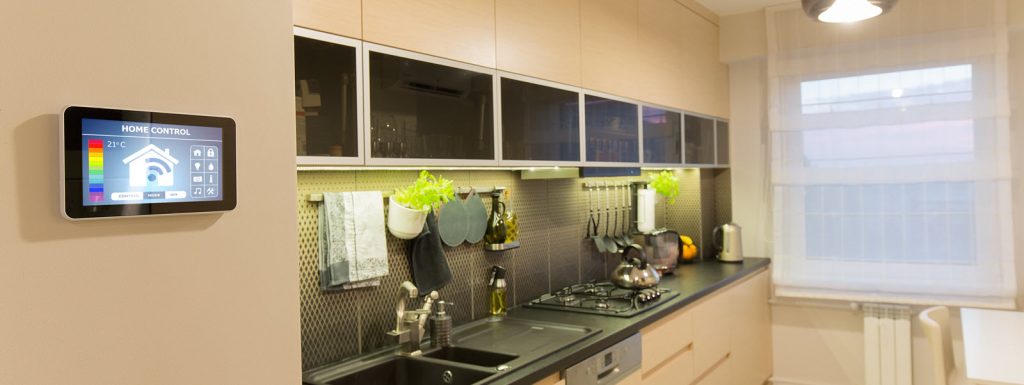In the era of smart technology, the concept of a “smart home” extends far beyond convenience and energy efficiency. For individuals with multiple or compound disabilities, smart home systems have emerged as a beacon of independence, revolutionizing the way they interact with their living spaces. From enhanced environmental control to seamless communication, let’s explore how smart home systems are reshaping accessibility for those with diverse mobility challenges.
Voice-Activated Assistants
A Helping Hand
For individuals with mobility impairments, simple tasks like adjusting lighting or controlling appliances can be daunting. Voice-activated assistants, such as Amazon’s Alexa or Google Assistant, bridge this gap by enabling users to command their surroundings verbally. Whether it’s turning off lights, adjusting the thermostat, or setting reminders, voice commands provide a hands-free solution, restoring a sense of control and autonomy.
Smart Lighting and Environmental Control
Personalized Comfort
Smart lighting systems go beyond the conventional on/off switch, allowing users to adjust the color, intensity, and timing of lights. This not only caters to personal preferences but also accommodates specific needs, such as creating well-lit pathways at night. Integrated with environmental control systems, smart homes can automatically adjust temperature and humidity levels based on user preferences, ensuring a comfortable living environment.
Automated Door and Window Systems
Seamless Accessibility
For those with limited mobility, opening doors and windows can be a significant challenge. Automated door and window systems equipped with sensors or voice commands offer a solution. These systems can be programmed to open and close upon request, enhancing accessibility and providing a seamless transition between indoor and outdoor spaces.
Smart Security
Peace of Mind
Security is paramount, especially for individuals with disabilities. Smart home security systems, with features such as video surveillance, motion detection, and remote monitoring through mobile apps, provide users with peace of mind. Integration with voice commands allows users to control security settings effortlessly, contributing to a safer and more secure living environment.
Communication and Alerts
Staying Connected
Smart home systems facilitate communication for individuals with compound disabilities. Intercom systems, video calling, and voice-activated messaging allow users to stay connected with family members and caregivers. Additionally, these systems can be programmed to send alerts in case of emergencies, ensuring timely assistance and intervention when needed.
Customizable Automation
Tailored Solutions
The beauty of smart home systems lies in their adaptability. Automation can be tailored to suit individual needs, creating a personalized and responsive environment. Whether it’s pre-set routines for specific times of the day or adaptive features that learn and adjust to the user’s preferences, smart homes can truly be customized to enhance the daily lives of those with multiple disabilities.
Smart home systems are not just about convenience; they are about empowering individuals with multiple or compound disabilities to lead more independent and fulfilling lives. By incorporating these technologies into living spaces, we are not merely automating tasks – we are creating environments that respond intuitively to the needs and preferences of their occupants. As we continue to innovate, the future of smart homes holds the promise of even greater inclusivity and accessibility for all.





Leave A Comment